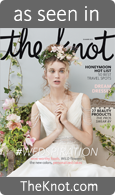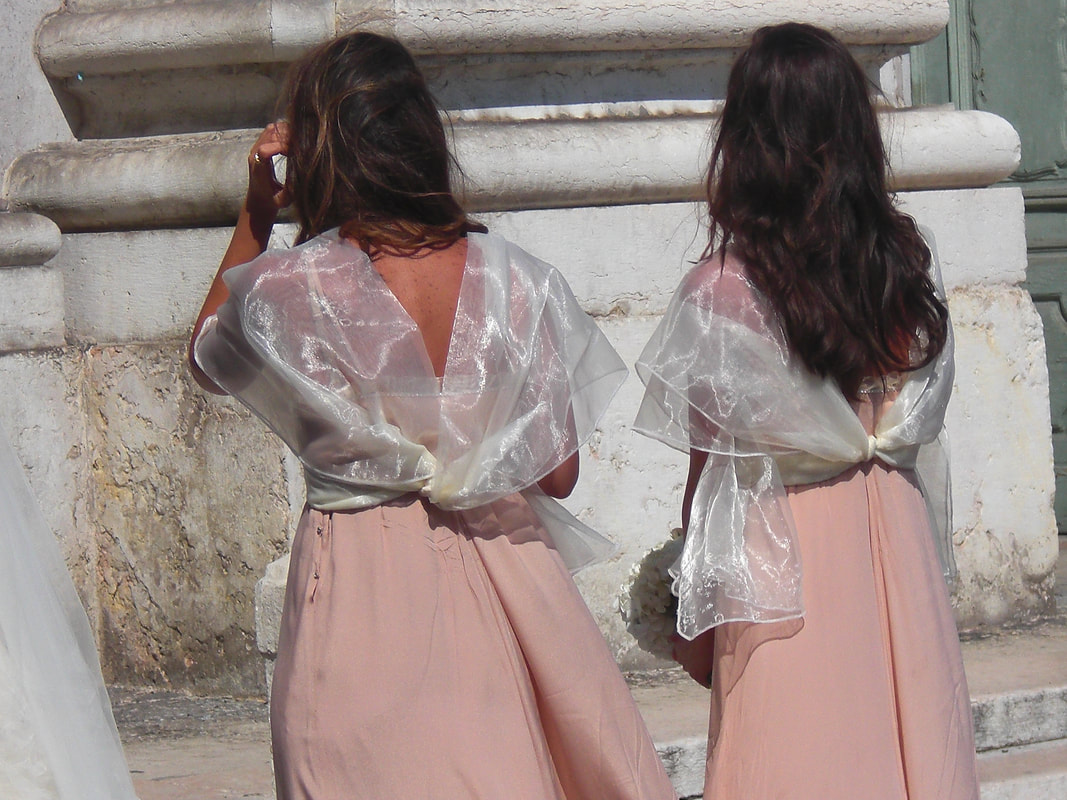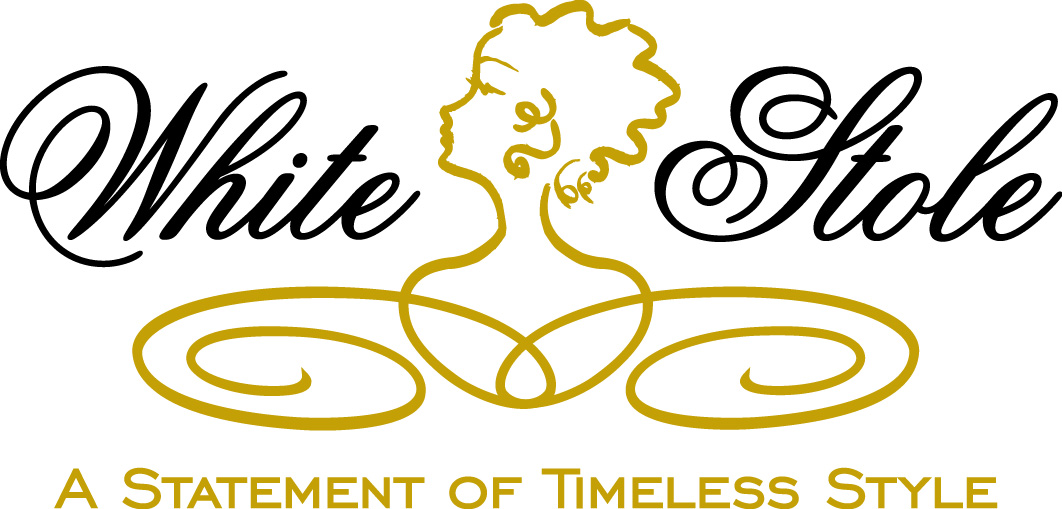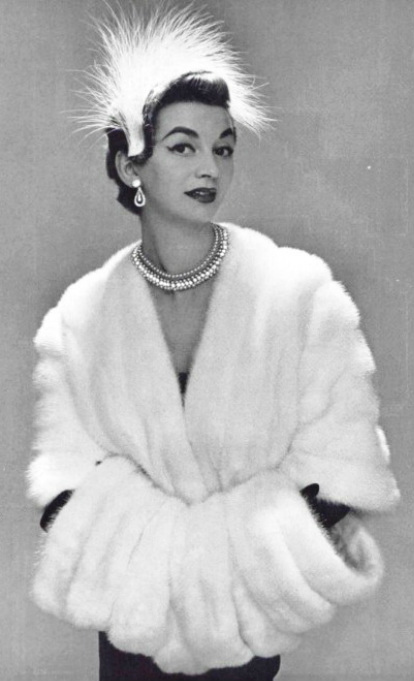
As a result, Rouff rarely created a design that was considered "eccentric." She took care to establish a focal point in every design, always enhancing the underlying sense of femininity of the lines. An evening gown in which the skirt was trimmed with a crossover hip wrap and little side puffs had simply-cut sleeves and bodice. She had a fondness for draped details, whether it had the sarong-like side drape of a skirt panel or soft cowl folds at the neckline. Rouff often highlighted the upper body, drawing attention toward the face with a few favorite elements such as wrapped and tied surplice fronts, unusual necklines, and dramatic sleeves.
Accents such as wide belts and sashes, bold buttons, and silk flowers as well as contrasts of color, texture, or luster were also used with the same sense of balance. She enriched some surfaces with shirring, quilting, or trapunto, as in her 1936 "plus four" playsuit and in her 1938 button-quilted evening dress, but very lush fabrics and furs were handled in accordance with her “less-is-more” philosophy.
While Paris was occupied by German troops, Maggy Rouff, who had already lived through one world war, wrote La Philosophie de L'Elégance. Her justification for what might have been considered under such circumstances a frivolous topic, was her belief that even in darkest times there must be faith in the future. Rouff’s book is seen as an affirmation of the value and substance which the Art of Elegance had given to her life and her success.
View White Stole’s entire collection for size color ranges of Stoles, Stole Wraps, Vintage Stoles, Stole Capes and Shawls for purchase, or rental, on our website.
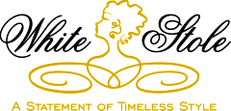
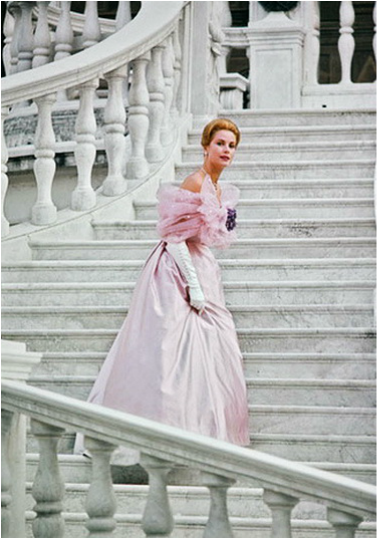
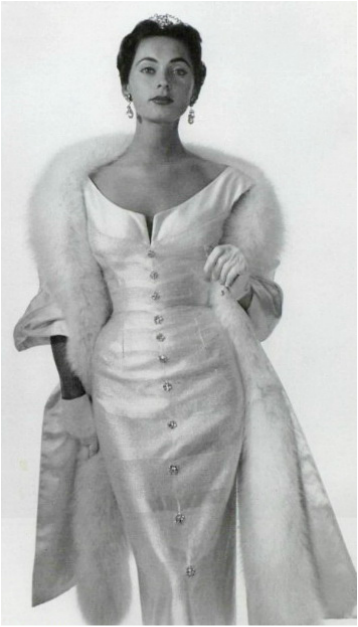
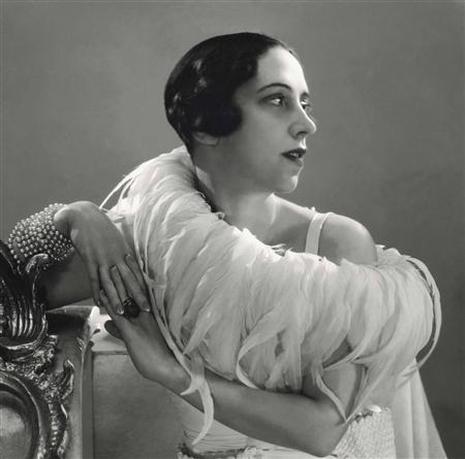
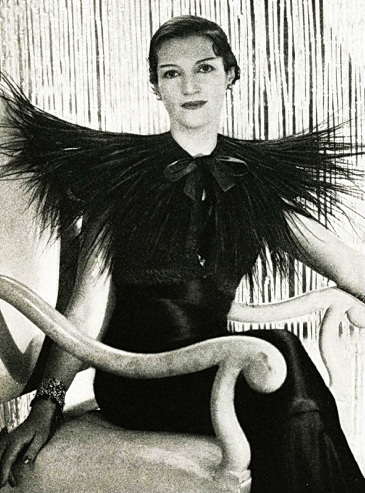
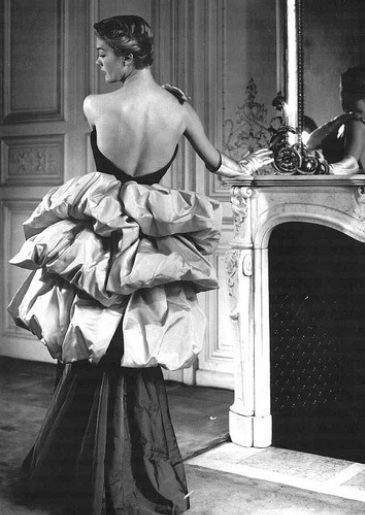
 RSS Feed
RSS Feed




